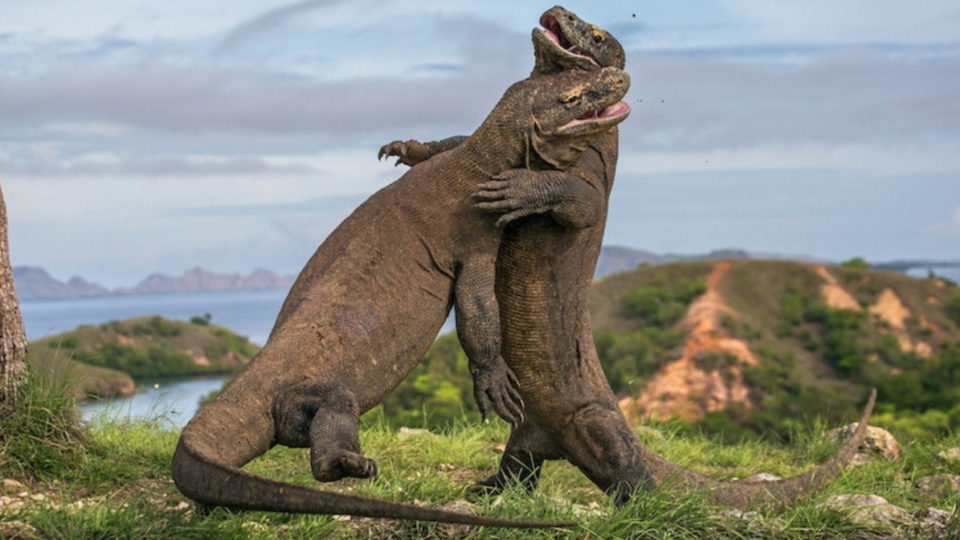Komodo National Park in Eastern Indonesia has long been one of the country’s most popular tourist destinations. But for the sake of the islands’ iconic Komodo dragons — the largest species of lizard in the world — the regional government is planning to shut down the park’s tourist sites to visitors for one year.
“The government of NTT (East Nusa Tenggara) will make arrangements for Komodo National Park to get better, until the habitat of the Komodo will become more developed. We will close the park for a year,” NTT Governor Viktor Bungtilu Laiskodat said in Kupang yesterday as quoted by Detik.
The NTT governor did not give any specific timeline for when the closure could take place, but said that it was important to help improve conditions for the park’s iconic giant lizards.
Viktor specifically mentioned that a lack of deer, the dragon’s main source of food, on some of the islands was hurting the size of the lizard population and their actual size in terms of how large they could grow. Viktor also noted that Komodo dragons are cannibals and could potentially turn to eating each other if there was not an adequate deer population.
The poaching of deer on Komodo Island and other islands in the park has long been a concern, specifically in terms of its impact on the declining number of Komodo dragons.
In addition to closing the Unesco World Heritage site off from tourism, the NTT governor said the province has allocated IDR100 billion (US$7 million) towards the development of the national park. The money would be used to cultivate the livestock of deer and other animals on the islands, as well as develop more infrastructure so that tourists could actually witness Komodo dragons living in the wild as opposed to lazing about near tourist sites as they are often seen now.
Viktor said that these changes would involve the NTT government taking over the management of Komodo National Park, which is currently under the jurisdiction of the Ministry of the Environment and Forestry (KLHK). He said it would be better for the local government to be in charge of the park as they were closer and could give it more attention.
A KLHK spokesperson said the ministry was open to the idea if it helped improve the park, but said they would have to study the proposal carefully to make sure it was done effectively and in accordance with the law.
What about the potential damage to the park’s tourism business during that year of closure? The NTT government doesn’t seem to have addressed that issue yet (tourism business owners have already made their opposition to the plan clear), but Viktor seems to see some “extraordinary” economic opportunities in revitalizing the park and its dragons.
The governor made headlines in November when he announced that he wanted to charge visitors to the park US$500 to see the endangered species, about 50 times the current entrance fee for foreign tourists.
“Only people with deep pockets are allowed to (see the komodo dragons). Those who don’t have the money shouldn’t visit the park since it specifically caters to extraordinary people,” he said when announcing the proposal.
Over 10,000 tourists, 95% of whom are foreigner, visit Komodo National Park on average every month, according to government data. KLHK said it would limit the number of tourists to the island starting this year over concerns that the influx was putting pressure on the environment and endangering the giant lizard’s habitat.
The slavering carnivores, which can grow to around three meters (10 feet) in length and weigh up to 70 kilograms (154 pounds), can be dangerous to humans although deadly attacks are rare.
With additional reporting from AFP




